Project Description
Scope
The Calcified Vessel Model project team has been tasked with designing and manufacturing twelve vessel models intended for simulation and medical testing. These models must accurately replicate the anatomy of human blood vessels and the physiological symptoms of peripheral arterial disease (PAD), including blood vessel material properties and blood flow characteristics.
The client intends to use these models to evaluate the deployment of their vascular interventional devices. Therefore, it is essential for the team to ensure that the models accurately replicate human artery anatomies and physiological conditions of PAD.
Location
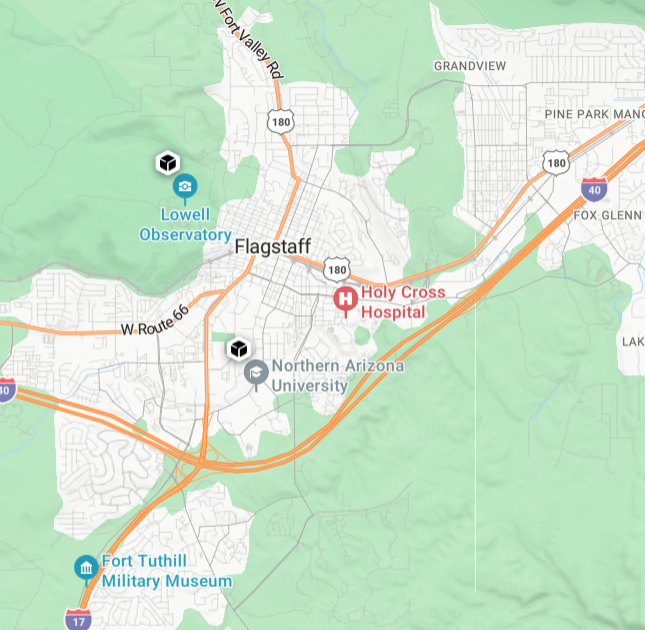
Project: Northern Arizona University, Flagstaff, AZ
Client: Gore & Associates - Medical, Flagstaff, AZ
Constraints
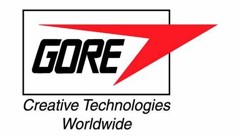
This project must comply with all applicable OSHA and ANSI standards, as well as Gore & Associates standards for quality.
The final product should be capable of functioning safely at temperatures and pressures typically encountered within a human artery with peripheral arterial disease.
The lesion must accurately simulate calcification occurring in blood vessels, without using biological materials.
Tasks
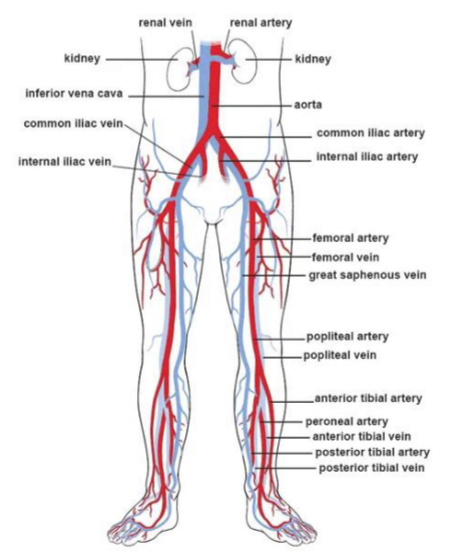
From the project outline:
Safe per ANSI, OSHA, or other related safety standards
Develop, justify, and characterize the following attributes (recommended but not limited to):
Lesion durometer
Lesion adhesion strength
Lesion length
Lesion thickness
Degree of vessel occlusion
Allow visualization of device deployment
Document repeatable manufacturing processes
Concept Evaluation
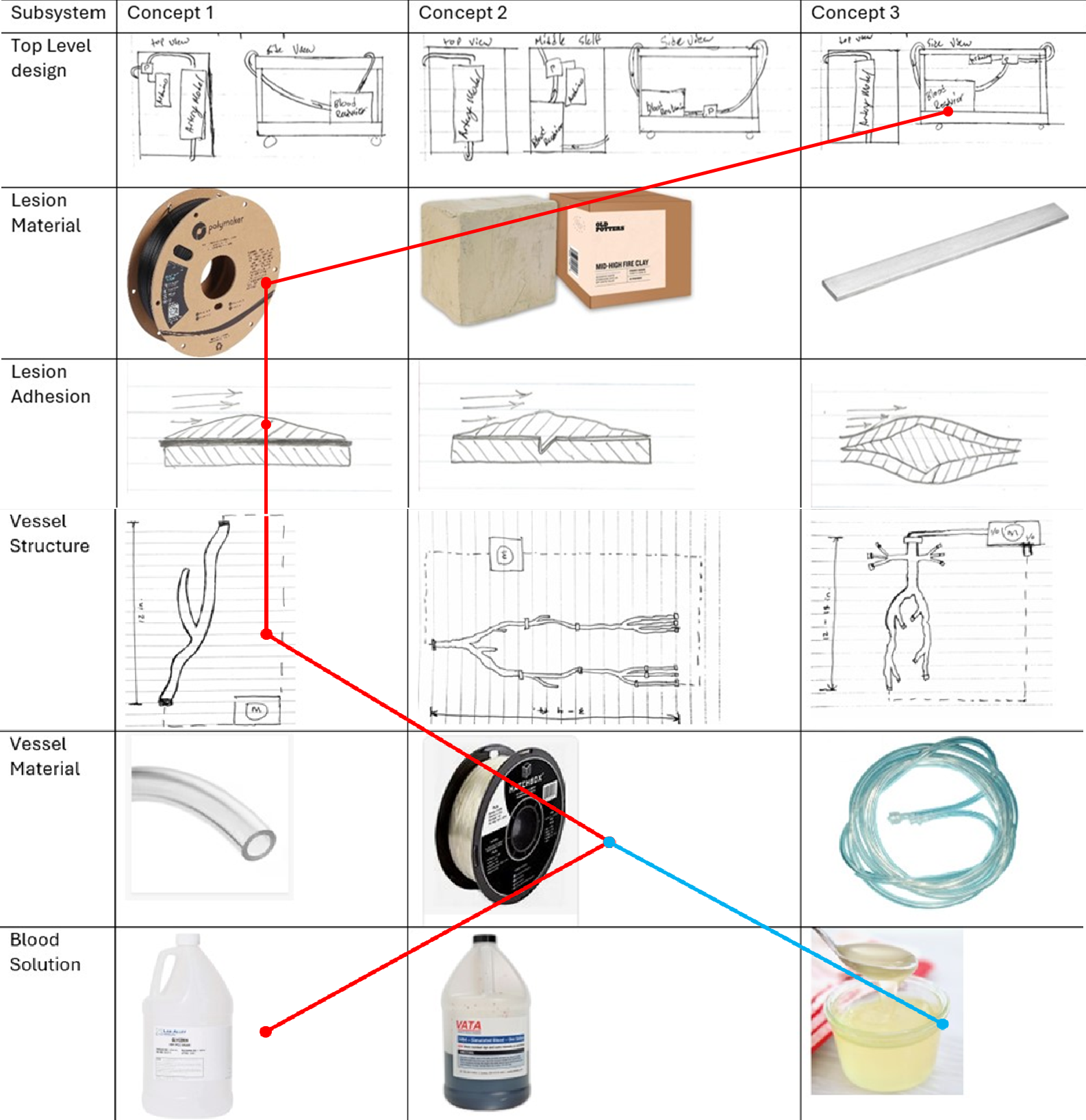
Morphological Matrix
The morphological matrix the team used to determine their final design, made up of their selected design alternatives for each subsystem.
Selected for final design:
undermounted component layout
high-hardness 3D printer filament
adhesive paste/tape
right-side femoral artery
flexible TPU filament
glycerin mixture
Selected for prototyping only:
corn syrup mixture
Schedule & Budget
Final Schedule
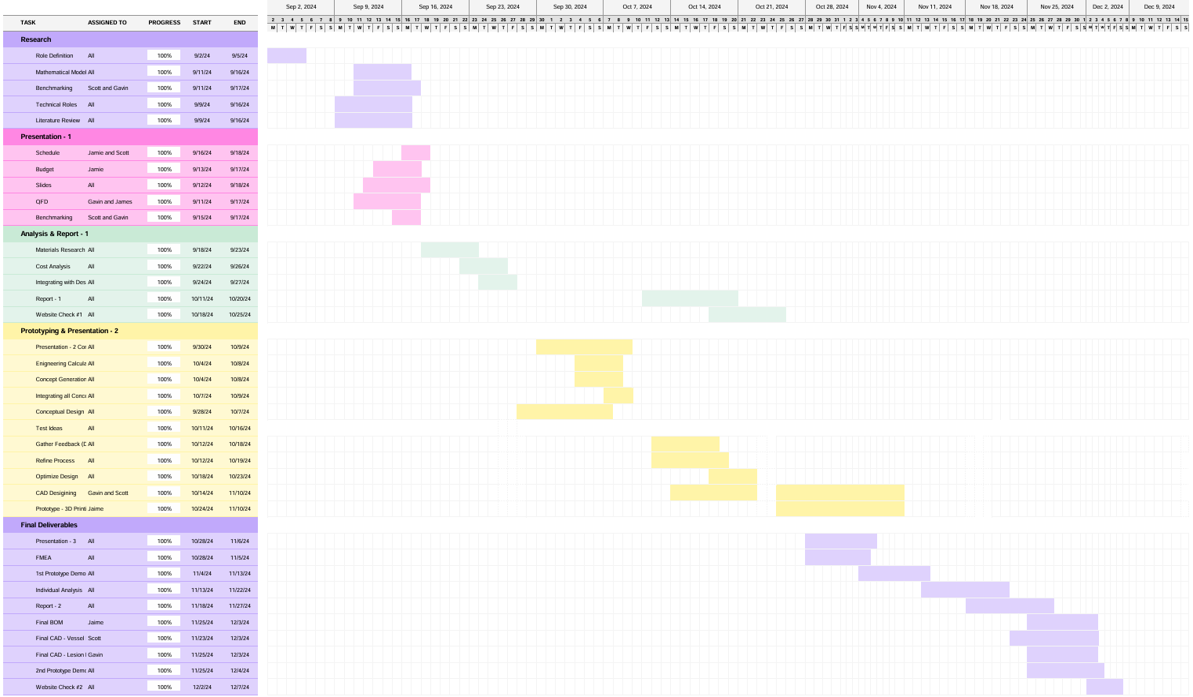

The Gantt charts used by the team to organize their work and track their progress. It outlines all project-related tasks, their assignments, and their time requirements in chronological order.
Final Budget
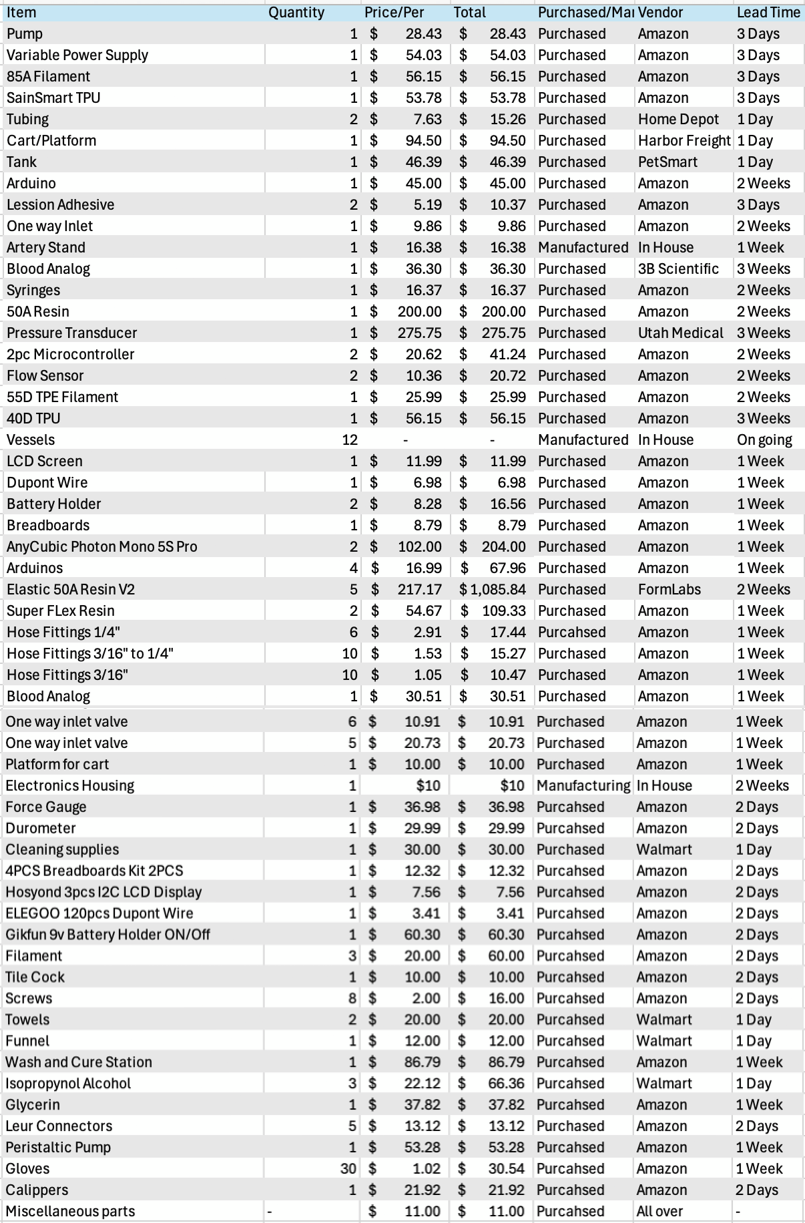
The budgeting spreadsheet used by the team to organize their purchases and track their budget. It outlines all project-related expenses, including procurement, prototyping, and building of the final product.
Final Design
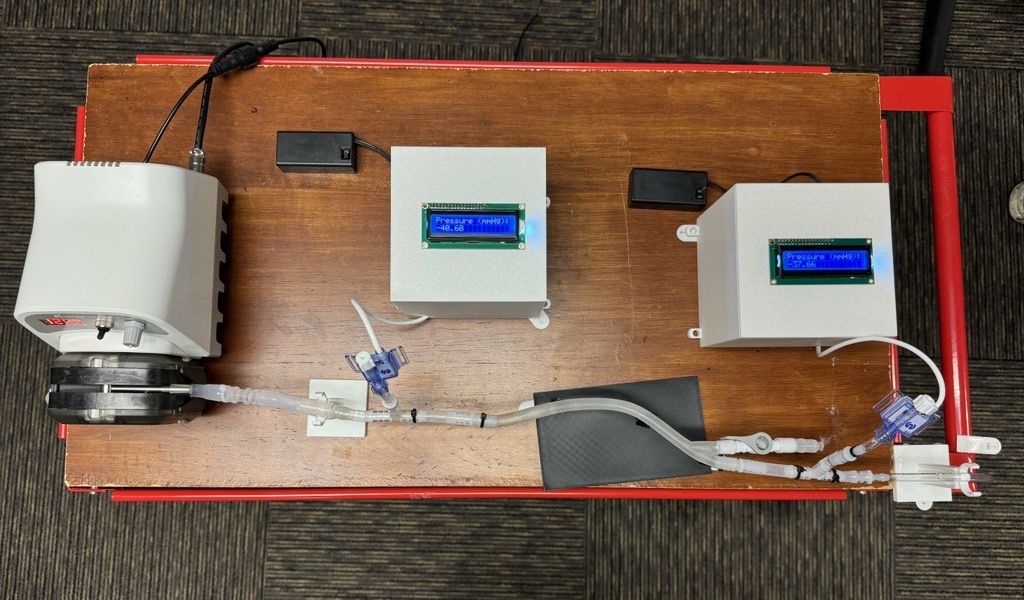
Complete Assembly
The complete assembly of the final calcified vessel model, as of 4/19/2025.
It consists of the peristaltic pump, two pressure transducers and their digital display circuits, elastic vessel model with internal lesion model, 1-way inlet, and tubing with stands. Not shown is the fluid reservoir on the bottom shelf of the cart.
Detailed information on individual parts is available in Gallery.